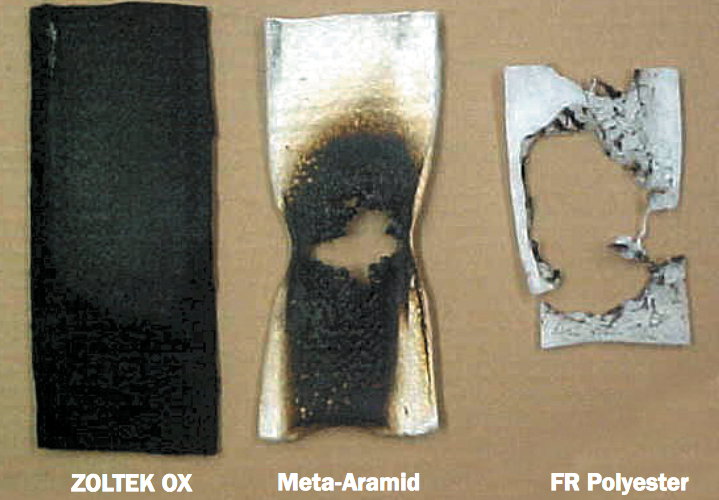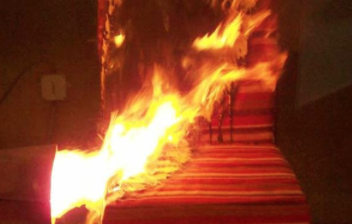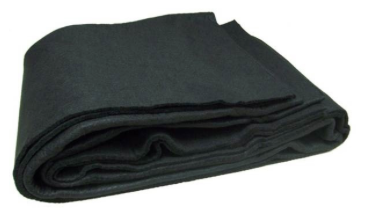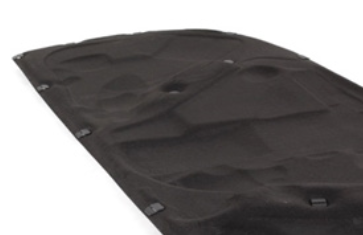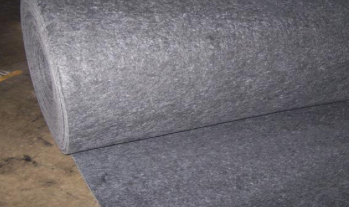Oxidized polyacrylonitrile (OPAN) fiber, such as ZOLTEK™ OX, is manufactured from a polyacrylonitrile precursor fiber (PAN). The PAN precursor fiber is solution spun and processed through a high temperature air oven to stabilize its molecular structure. After stabilization is complete, a fiber finish is applied to the OPAN fiber tow and pleated into boxes. The OX tow can be further processed, through a crimping and cutting process to make staple fiber, which is baled for shipment.
The performance features of OPAN fiber include:
- Limiting Oxygen Index (LOI) values between 45% – 55%.
- Unsurpassed flame and heat dimensional stability.
- Easy processability into yarns, wovens, knits & nonwovens.
- Soft, comfortable felts and fabrics.
- Electrically nonconductive and excellent chemical resistance.
- No halogens and very low toxic gas emissions, upon flame exposure.
Oxidized polyacrylonitrile fiber is produced as a 300,000 filament tow and can be crimped and cut into various staple lengths. Three denier sizes (1.7dtex, 2.2dtex and 5.0dtex) and two different fiber densities (1.37 g/cc and 1.40 g/cc) are available. The Limiting Oxygen Index (LOI) value is dependent upon fiber density. Besides providing outstanding protection against direct flame, OPAN fiber products exhibit low thermal conductivity and make excellent thermal insulators.
OPAN fiber outperforms other heat and flame resistant fibers when it comes to direct flame exposure and molten metal splash performance.
OPAN fibers do not melt or burn and most importantly they will not shrink; even after a 30 second 1250°C flame or molten metal drip exposure. Besides maintaining dimensional stability, OPAN fiber also retains a soft hand after being exposed to flame and it does this at a very economical price.
